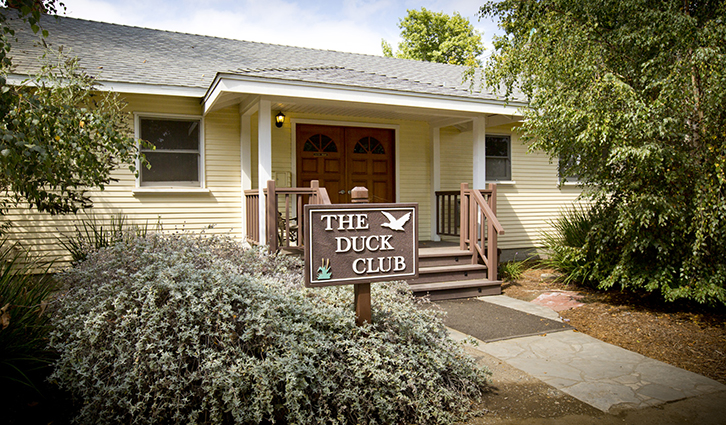Natural Treatment System
Natural Process. Clean Water.
The Natural Treatment System is a cost-effective, environmentally sound method for treating dry weather runoff. It is modeled after the successful system of natural treatment ponds which remove nitrogen, phosphorus and bacteria from surface waters entering the IRWD San Joaquin Marsh. Watch our video on this Natural Treatment System, or view and print our Natural Treatment System Fact Sheet.
In simple terms, the Natural Treatment System works much like the San Joaquin Marsh, only using smaller man-made wetlands placed strategically throughout the watershed. Low-flow natural and urban runoff, as well as smaller storm flows, are diverted into man-made wetlands throughout the San Diego Creek Watershed. In these wetlands, contaminates are removed and prevented from reaching the Upper Newport Bay.
Click here to watch IRWD Wetland Scientist Mo Wise explain the NTS process and its many benefits in a 2020 video podcast with Orange County Coastkeeper.

Treating urban runoff is one of IRWD's core responsibilities. Section 35539.12 of the California Water Code grants IRWD the authority to construct, maintain and operate urban runoff treatment facilities within our service area. The Natural Treatment System also provides riparian habitat and water-quality benefits benefits to wildlife throughout the watershed.
Current Natural Treatment Sites
NTS Frequently Asked Questions
What is NTS?+
NTS is a cost effective, environmentally sound alternative for treating dry weather runoff and small storm events. Man-made wetlands use natural ecosystems to remove sediment, nutrients, pathogens and other contaminants from dry weather runoff and prevent these contaminants from reaching the upper Newport Bay and the ocean. NTS wetlands also provide additional neighborhood open space and wildlife habitat.
Originally 65 potential wetland sites were evaluated. Through our master planning process, IRWD selected the 31 sites best suited for treatment effectiveness, constructability, availability and cost. Since 2007, 40 NTS sites have been completed and new sites are being considered.
What is Urban Runoff? +
Urban runoff is any water that flows into storm drains when there are no storms. In Southern California, our weather is dry an average of 347 days per year. However, polluted urban runoff flows to the ocean year-round due largely to inefficient watering of landscaping, hosing down of sidewalks and driveways, and washing of cars. This water carries trash, fertilizers and other contaminants with it, polluting our local streams and the ocean.
Why is the NTS necessary? +
NTS provides an environmentally sound way to adress the pollution caused by urban runoff. Further, it is more cost effective than alternatives like building bigger sewers and retrofitting existing ones to accept the increased demand on the system that would be required if the storm drains and sewers were combined. Combining sewers and storm drains can cause significant treatment plant problems as it is common for combined systems to become overwhelmed during periods of heavy rain, resulting in sewage spills. NTS allows sewers and storm drains to remain separate.
NTS Guidelines +
Who are partners involved with NTS? +
IRWD partnered with local developers, cities in our service area and the County of Orange to finance and build the NTS using existing storm water and food control basins. In addition, local landowners and developers provided property to construct the treatment wetlands and other facilities in new development areas. Cities and developers have also contributed property easements and funding.
Who maintains the NTS? +
IRWD maintains and operates NTS to ensure the program's ongoing success on behalf of all of our partners. We have built upon our experience and successful wetlands restoration program at the San Joaquin Marsh to successfully manage wetlands and urban runoff treatment throughout the watershed.
Are NTS sites accessible to the public? +
Many of our NTS sites can be viewed from adjacent public areas, like bike trails and greenbelts. We welcome and encourage you to enjoy the public areas surrounding our NTS sites. However, NTS wetlands are not designed for public access. Please do not enter the wetlands areas as it can interfere with the natural processes that are the cornerstone of our NTS project.




















